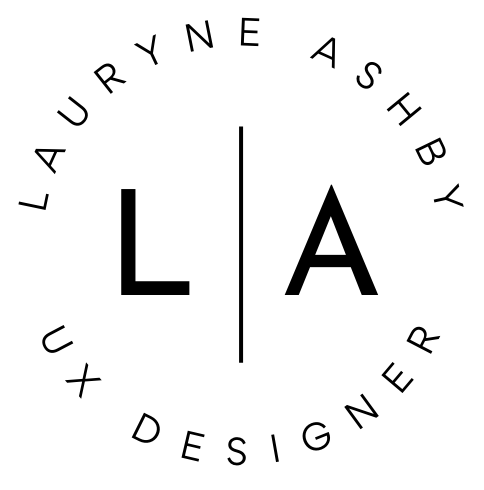House of Travel - Foundational research to shape future ‘one-stop-shop’ consultant tool
House of Travel is New Zealand’s largest Travel Agency.
Role in project: Solo UX Designer
Methods: Field study, interviews, affinity mapping
Tools: Figma, Figjam, pen and paper
Project Overview
As the sole UX Designer, I led a foundational research initiative to uncover key opportunity areas for a future ‘one-stop-shop’ tool to be utilised by travel consultants. The primary goal was to deeply understand consultants’ day-to-day workflows, identify their pain points, and highlight design directions for a tool that could meaningfully support their tasks and streamline workflows.
My Role
As the sole UX Designer at House of Travel, I led end-to-end research for this project—managing stakeholder engagement, planning, and execution from the initial kickoff through to conducting field studies with travel consultants and presenting actionable insights.
Problem Space
Consultants frequently navigate a variety of tools, systems, and constantly shifting environments, leading to frequent task switching and context shifting. So before exploring potential solutions for a ‘one-stop-shop’ tool, it was crucial to first build empathy and develop a deep understanding of consultants' daily workflows, pain points, and opportunities for improvement.
Objectives
Map out current workflows of travel consultants across various experience levels.
Identify inefficiencies, pain points, and workarounds in their current processes and systems.
Surface opportunity areas for a new tool to increase productivity and consultant satisfaction.
Provide strategic UX insights to guide the product development roadmap.
My Role
As the sole UX Designer on the project, I was responsible for:
Research planning and methodology
Stakeholder alignment and communication
Participant recruitment
Conducting all interviews and observations
Thematic analysis and synthesis
Presenting research findings and opportunity areas
Methodology
I employed a mixed-methods qualitative approach, including:
Stakeholder sessions
Conducted initial discovery sessions with internal stakeholders to align on research goals and assumptions.Contextual Inquiry
Observed and interviewed travel consultants in their natural work environments to understand tools used and task flows.Workflow Mapping
Created detailed journey maps and process flows based on observational data and insights from the contextual inquiry.Affinity Mapping & Thematic Analysis
Synthesised qualitative data into themes, pain points, and behavioral patterns.
Key Findings
Fragmented Tool Ecosystem
Consultants often toggled between various tools, leading to cognitive overload and inefficiencies in workflows.Undocumented Workflows
Many decisions and best practices were undocumented and passed through informal communication.Time-Intensive Manual Processes
Tasks were repetitive and lacked automation.
Opportunity Areas
Unified Workspace: Create an integrated platform that consolidates key tools and data. Minimise cognitive strain caused by constantly switching between multiple systems and workflows.
Automation of Repetitive Tasks: Eliminate or minimise time-consuming tasks to enhance workflow efficiency for our consultants.
Human-Centered Design: Ensure the tool augments rather than disrupts the human element of consulting. The new tool should act as a supportive partner—streamlining workflows to free up consultants to focus on what they do best: delivering exceptional travel experiences to customers.
Impact
The research findings played a pivotal role in shaping the early product strategy and fostering alignment among cross-functional teams and key stakeholders.
Leadership responded positively to the research for bringing clarity and anchoring strategic decisions in real user insights.
Outcome
Research insights will inform the foundational design of the future all-in-one consultant tool, which is currently planned on the product roadmap.
Reflection
This project reaffirmed the power of deep user empathy and the value of foundational research in setting a product up for long-term success. Working independently challenged me to balance strategic thinking with adaptability—combining careful planning with the flexibility to uncover and respond to unexpected insights. One of the most rewarding aspects of this project was building strong, trust-based relationships with our consultants.
‘Blue-Sky’ thinking concepts
Building on insights gathered from my foundational research, I was tasked with developing high-level, blue-sky design concepts for a 'one-stop-shop' consultant tool. The vision was to create a desktop application that would enable consultants to effortlessly view and manage their daily workflows.




